Tony's Oyster Shack: The Best Oysters in The World
Wielding a shucking knife, a man is gesturing to Carlie’s sandalled feet. A runnel of salt water drips from the knife and he is clad head to toe in fishing gear.
‘What is this?’
He’s pointing to her well-worn birken-stocks.
He’s not wrong. The air is crisp down here on the Lim Fjord. I for one, am well-rugged up. Yet, Carlie, in a stubborn streak of Australianism, has opted to wear sandals. Sandals I tell you. He then looks at my shoes, a pair of white vans, thoroughly enclosing my feet from the, mid-winter Croatian sea-breeze.
‘These are better.’
And that was our introduction to Emil, the sole proprietor of ‘Tony’s Oyster Shack,’ a tiny, ramshackle hut on the side of the Lim Fjord. Built on stilts, the hut stretches out over the azure blue of the water. The place has a homely atmosphere, and as e arrive we step past diving gear, a small office and another set of shucking knives. Emil leads us over to a table.
‘So,’ he says. ‘You e-mailed me earlier. You want to try the oysters?’
We both nod frantically, unable to keep what must be a manic desperation from our eyes
the best oysters in the world
WHERE: Tony’s Oyster Shack, Lim Fjord, Croatia
WHY: They are the best. Truly
TIME: 2 hours
We follow him down a narrow ladder to a small floating pontoon. Below us, the blue water slowly trickles past. It looks saline, and small fish dash and dart through the red oyster cages held beneath the pontoon. Emil stoops over and starts pulling oysters from the cages. The sea-water glistens as he pulls oyster after oyster from the cages, their freshness beautifully apparent.
‘Maybe some sea truffles too, no?’ he says, pulling a few smaller muscles from the cages.
We nod, neither of us having heard of them of them before. Emil returns, a tray full of shells under arm. He motions us back up to the bar area, a series of small, wooden tables. He begins to shuck the oysters, expertly digging the knife into the lid, carving a small gouge, and then flipping the lip. As he works, he asks us about ourselves. We tell him that we’ve taken a year off to travel Europe. He smiles and nods;
‘It is easy, no, when you are younger? The older you get, the harder it becomes to do these things.’
Carlie agrees, and ask how long he’s been in the oyster business.
‘Fifteen years now,’ he says, continuing to shuck the ever decreasing pile of still shelled oysters and mussels. ‘When I started this water was pure and clean. These days, the fisherman, the charter boats, they don’t think. They let people dump whatever into the sea, they let as many people as they want on the sea. It all hurts the oysters.’
He points eastward, the snaking fjord stretching through a series of low valleys until it feeds into the sea. The undulating curves of the water lap against the deeply forested hillsides. The scene is bucolic, and could be transplanted from the heart of Scandinavia.
‘The thing people don’t know is, the oyster business, it’s tough. Some years, you’ll harvest oysters half as big as the next, some years, they won’t grow, so you’ll miss an entire season. Some years, they’ll taste bad.’
As he’s talking, I’m struck by his lackadaisical passion. He scans the narrow waterway as he finishes shelling our oysters, practiced eyes narrowing as he deftly cuts away the last remaining shell. The area around us is breathtakingly beautiful, and Emil seems at home here. He gently pops the shell on the oyster and then hands us the plate.
‘Enjoy.’
We pick up a shell each and start to eat.
What occurs is nothing short of atomic. The flavour hits me as a steam-train might, Gorgeous salty water floods my mouth and I feel as though I’m swimming in the fjord. Next, the oyster. It is fleshy, plump and delectable. I close my eyes and savour the experience. Beside me, I know Carlie is doing the same. When we open our eyes, we look down at the plate before us, and know we haven’t even made a dent.
We eat slowly, watching the slowly ebbing tide. A few lone fisherman cast lines up the river a ways. Yet, the place is oddly quiet. There are no other tourists, none of the other business up the bay seem open at this time of year.
‘In summer, it’s madness,’ says Emil, joining us from the beds once more. ‘We can’t keep up with the customers. It’s mission impossible rom May to September.’
‘So tourism is a big part of the business here?’
‘Oh yes,’ says Emil. ‘Without tourists, we are lost.’
We eat slowly, savouring each mouthful of the bivalves. The sea-truffles go down perfectly - they are dense, flavour rich mussels, that taste sweeter, less salty. Yet it is the oysters that remain the chief event. Each one taste better than the last. They are impossibly good, perfect in every way, each mouthful another explosion of salt, texture and flavour.
‘These oysters,’ he calls. ‘They need nothing else. Maybe just a bit of lemon. But none of this American stuff. No sauces, nothing. Just the taste of the oyster, and the sea.’
And he’s right. Unequivocally. The oysters are perfect the way they are, salty tasting and perfectly plump. While any food writing will inevitably stray towards cliched adjectives, I do have to note that they truly tasted truly ambrosial; a briny gustatory sensation that was nothing if not luscious, divine, and utterly remarkable, all at once. Emil returns once more, but some locals have turned up. They order the same as us and start to eat. As we turn to pay, a measly sum given the glorious food we just ate, we ask Emil about the oyster business.
‘Oh, it can be tough,’ he says, pouring us a glass of wine each. ‘People take more and more each year, the demand is massive, you see? But they don’t think, what about next year? What about 2022? What then? What will happen to the oysters if we keep taking and taking? They don’t worry yet. They won’t worry until it’s bed time.’
Pondering his words, we sip the local sparkling. It tastes excellent. Minerally, light, and a perfect mid-morning tipple. Emil continues, now washing his hands.
‘The smart man though, he starts to worry now.’
We ask him whether he’s open tomorrow.
‘Tomorrow, I go out to sea. But you can come at 2. Maybe we’ll have some wine and cook them a little, no?’
And we leave, plans already made to return, safe in the knowledge that this isn’t the last time we’ll be eating a perfect meal this week.
KNOW BEFORE YOU GO
Ton’y Oyster Shack is located at Limski kanal, 52352, Kanfanar, which is about a twenty minute drive from the nearby centre of Vrsar, or forty minutes by car from Pula. Emil, the owner, operates mainly during the high-season, between May to September, but is still there all year round, but it’s best to e-mail him during winter. He can be reached at emil_sosic@net.hr - let him know that you’re coming and I’m sure he’ll be able to accomodate you.
To get to Tony’s Oyster Shack, you’ll definitely need a car. The road to the shack is pretty winding, and you’ll need to drive down a canyon to get there. However, the experience is truly worth it, and one that you need to do when in Istria. Emil treated us like family, and made sure that we had an amazing time whilst there. He is a good guy, and seems really happy to have a chat and learn from the customers who visit him.
He is open from 10am to 3pm, Monday to Saturday, and will sell oysters for 13 kuna a piece. He only accepts cash, and I’d recommend taking at least 100 kuna per person - you never know how hungry you’ll be, and the oysters are utterly amazing.
The shack. A glorious testament to good eating.
Any questions? Hit us up in the comments below! Like what you’ve read? Subscribe via e-mail via the button below!

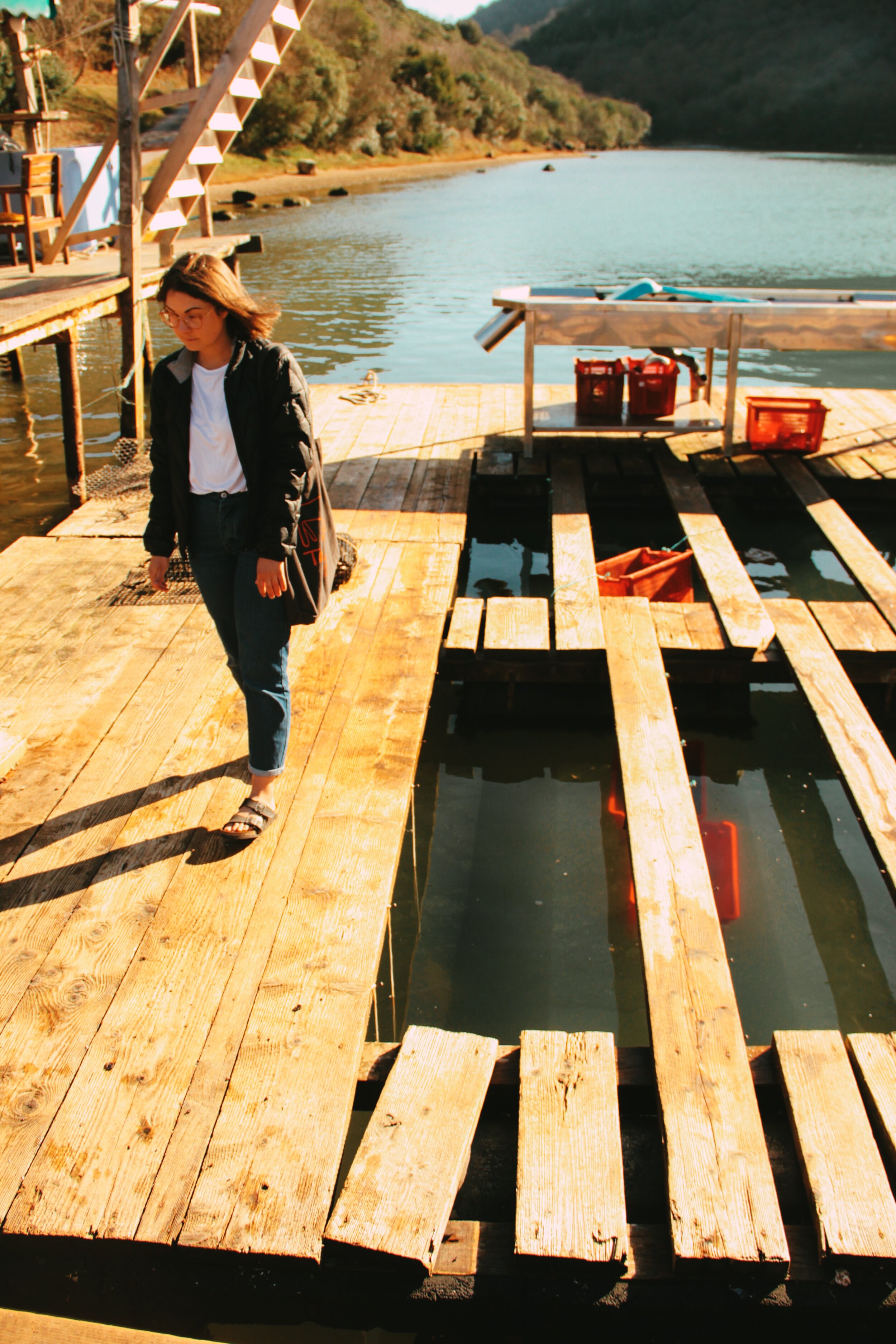

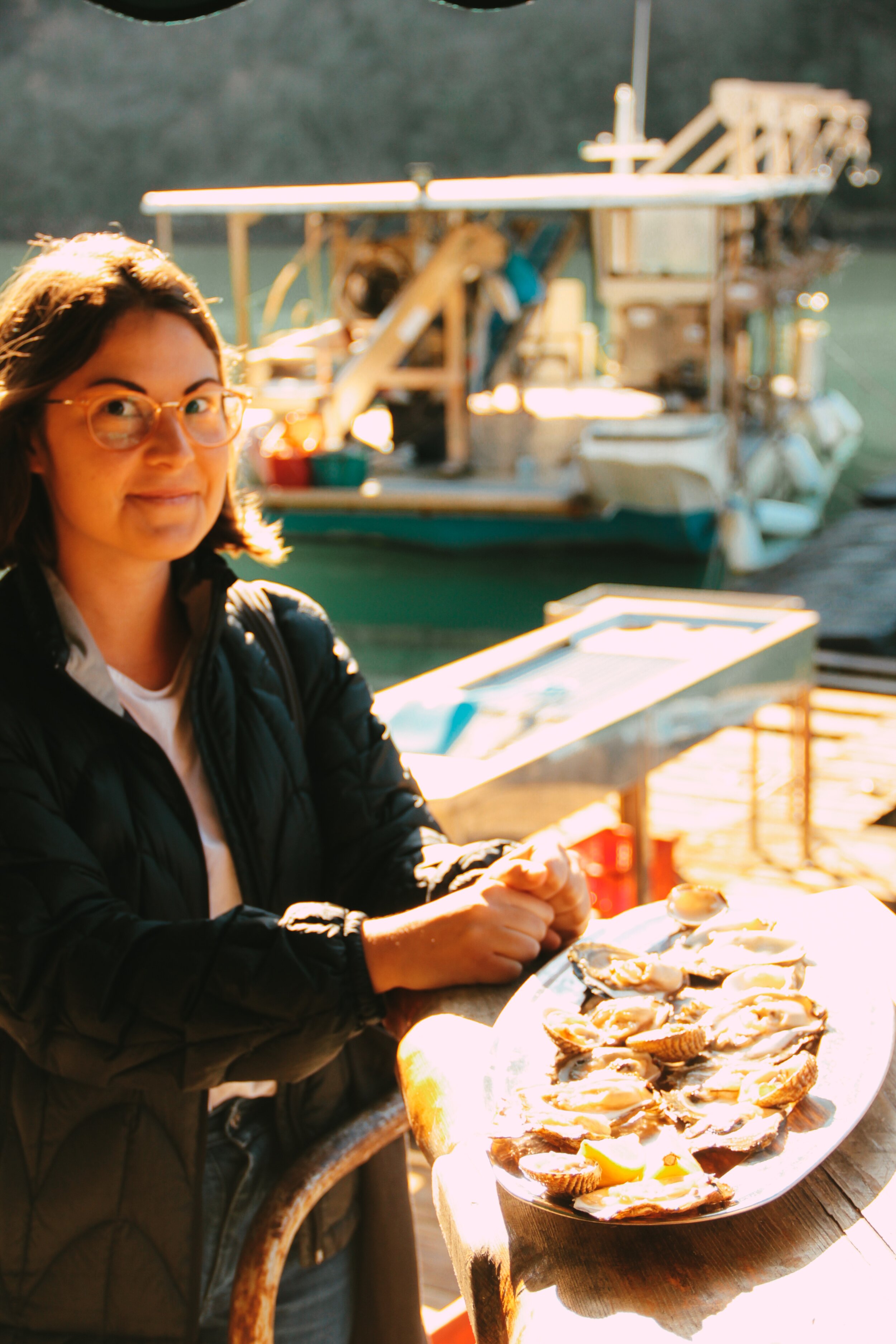


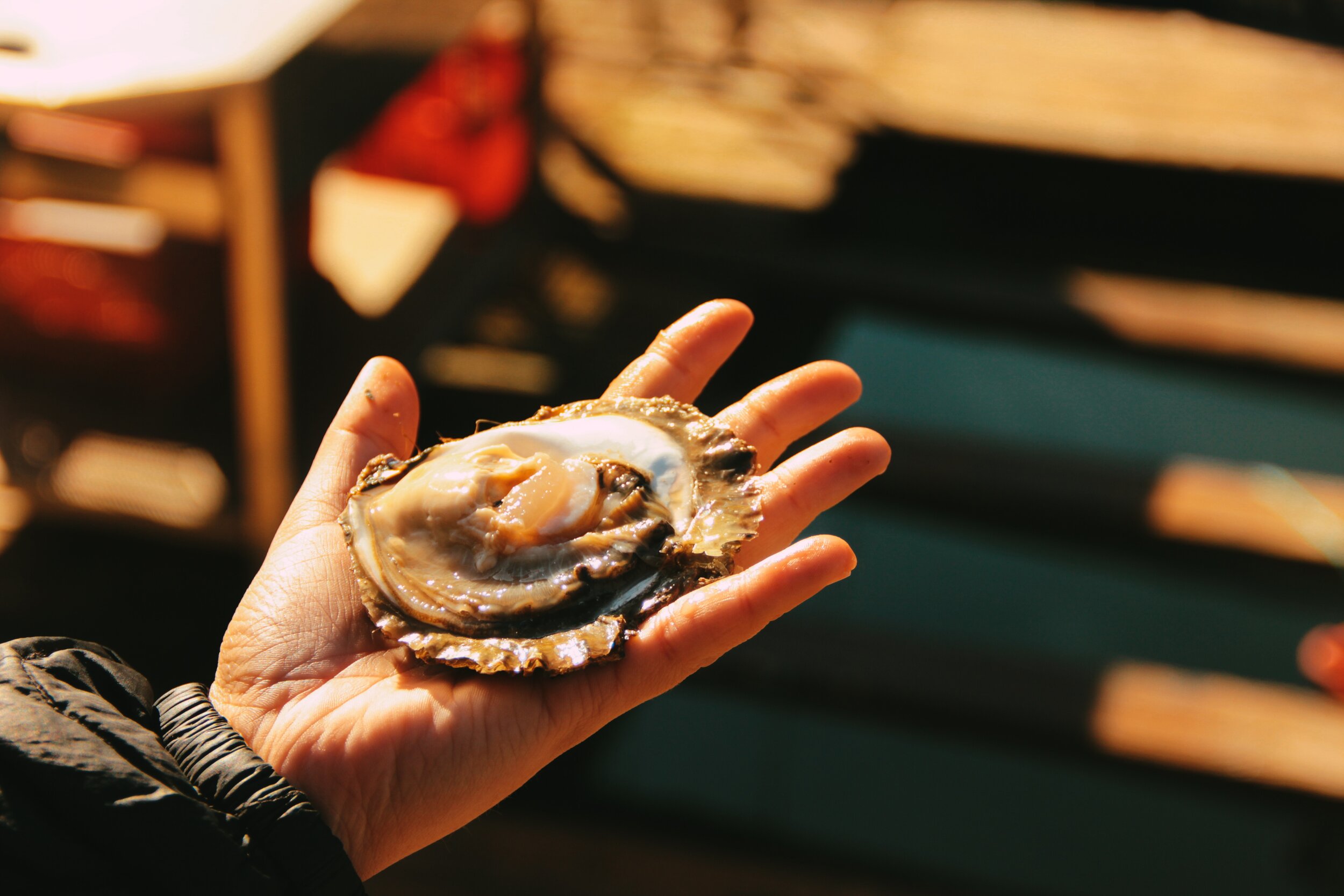
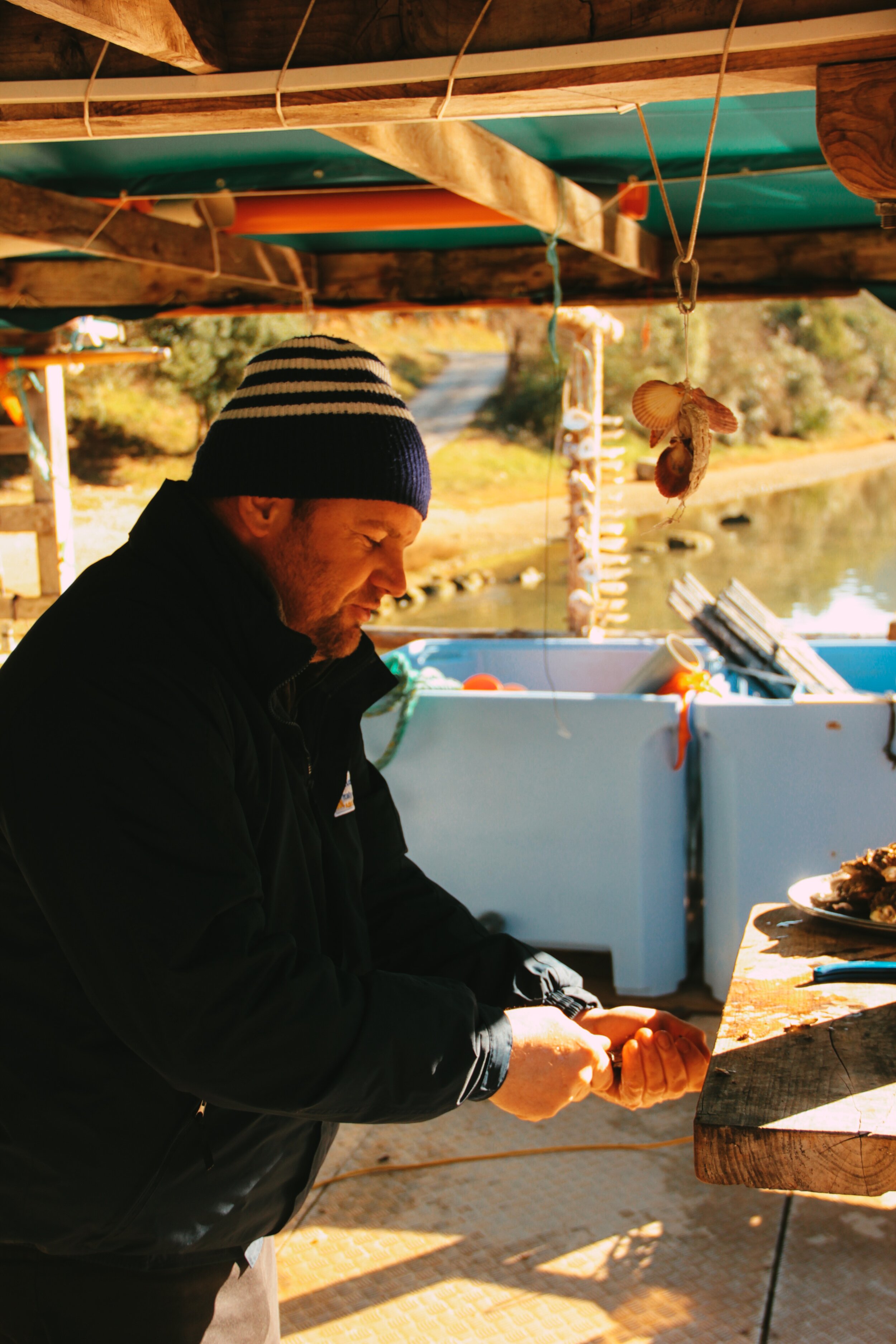
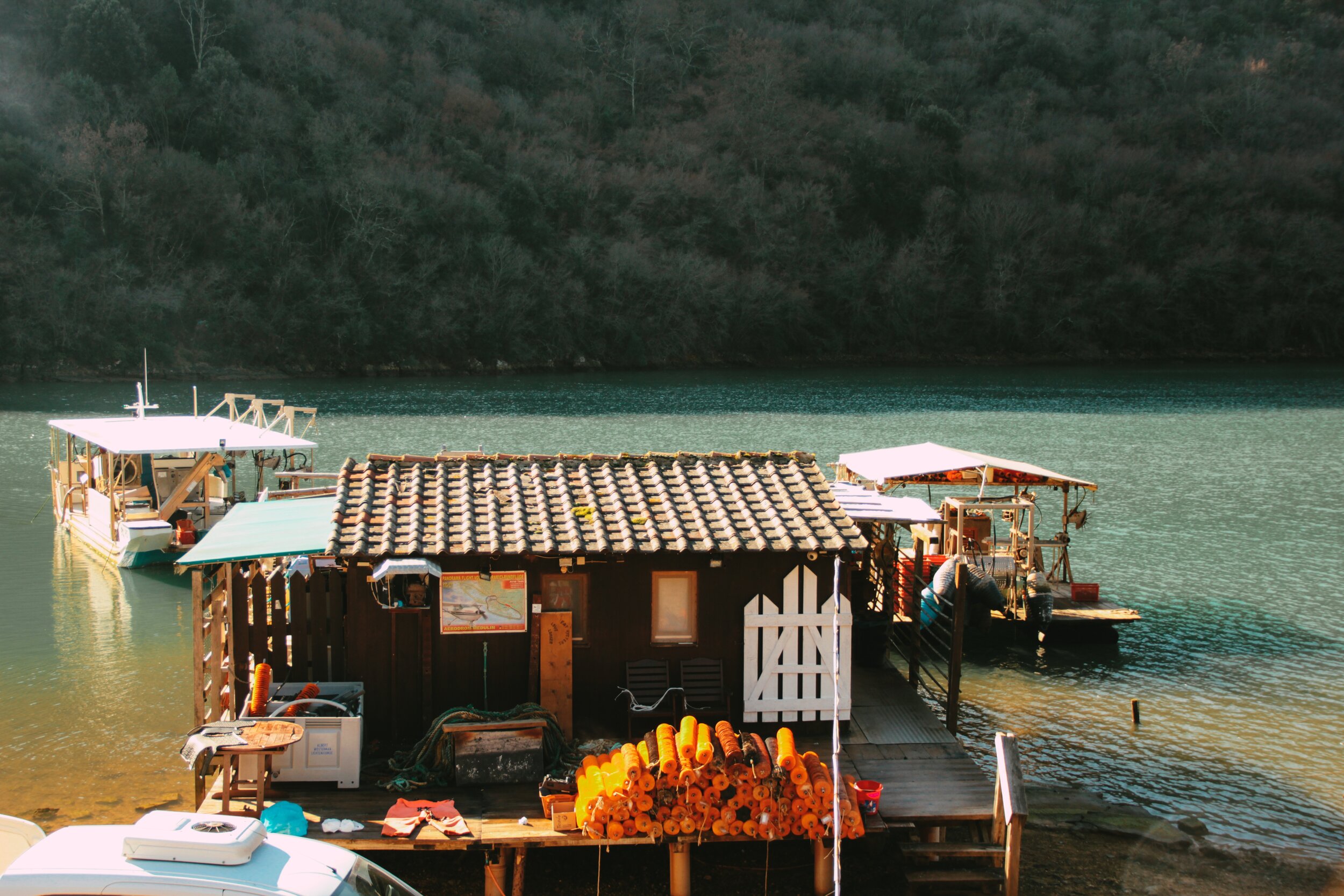









An ode to a country without comparison